[Ruize Masterbatch] Understand the requirements and application technology of SMS spunmelt non-woven fabrics for color masterbatch technology!
SMS Spunmelt Nonwoven Fabric's Requirements and Application Technology for Color Masterbatch Technology
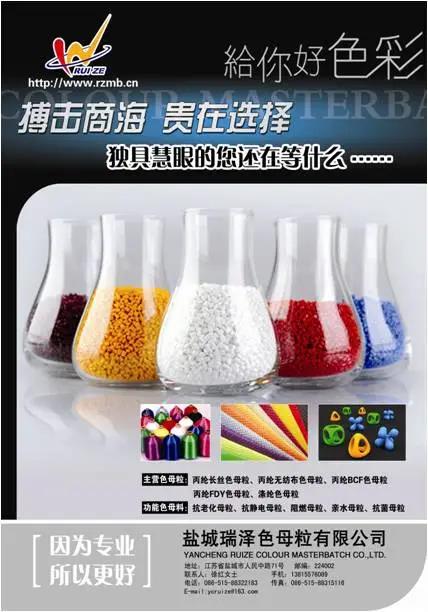
Yancheng Ruize Masterbatch Co., Ltd.
Content Production: Ni Jun
Contact: 13805103263
SMS non-woven fabric development
Masterbatch performance and quality requirements
SMS non-woven fabric development
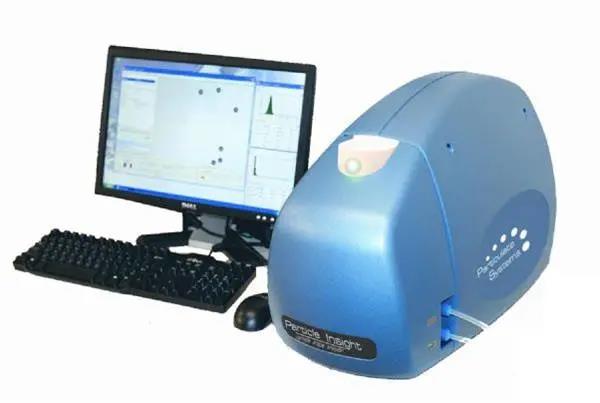
In the past 10 years, with the continuous advancement of spunbond and meltblown technology and the rapid growth in the demand for high-performance nonwovens in the medical and health fields, spunbond and composite nonwovens formed by the combination of spunbond and meltblown The cloth has achieved remarkable rapid development worldwide. Especially after the worldwide H1N1 influenza outbreak in 2009, SMS, SMMS, SSMMSS and other composite nonwoven production lines developed more rapidly, which further promoted my country's spunmelt nonwovens business to a new level of development. At the same time, higher requirements are put forward for the matching masterbatch technology.
Masterbatch
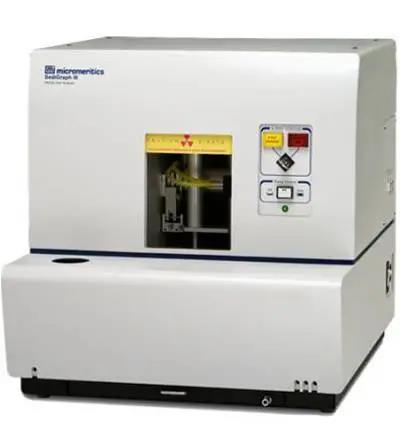
Dispersion in SMS spunmelt non-woven fabric
01SMS spunmelt non-woven fabric products with various colors are caused by the uniform dispersion of pigment particles in the plastic. The key is that the pigment particles are fully refined and evenly distributed (mixed) in the SMS spunmelt non-woven fabric . Refining and dispersing is to fully refine the pigment particles and evenly distribute (mix) them in the SMS spunmelt non-woven fabric. Refinement dispersion is to break the aggregates or aggregates of the pigments to make their particles to the smallest. The key is to evenly disperse. The dispersion effect has a great impact on the color, transparency, gloss, processability, strength, and elongation of the colored SMS spunmelt non-woven fabric. Rate, aging resistance, and negative rate.
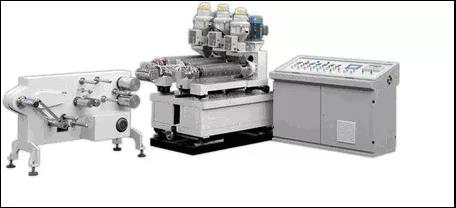
02 Generally speaking, the pigment dispersion particle size is less than 1um before it can be used for fiber or ultra-thin film, less than 5um can only meet the general product requirements, 10-30um product surface is matt, more than 10um product surface will have spots and crystal points , Streaks, the impact strength will decrease as the particle size is larger than 10um, and the elongation will decrease significantly as the particle size is larger than 20um. The finer the particle size, the stronger the tinting power, but there is a limit to the tinting power at a certain size.
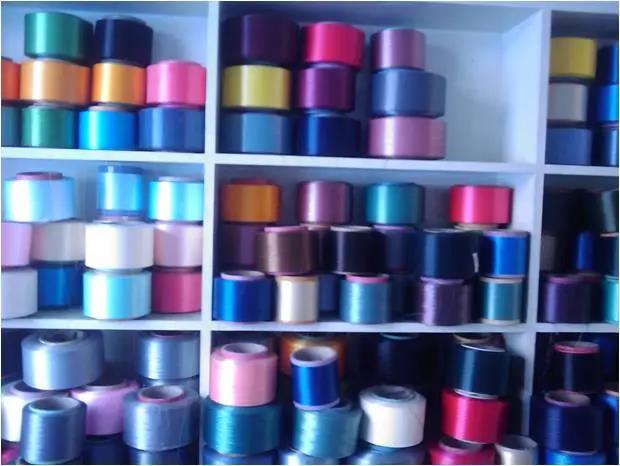
03 General commodity pigments cannot be used for coloring SMS spunmelt non-woven fabrics, because the state of pigment particles has three types: primary particles, agglomerates, and agglomerates, while general commodity pigment particles are particles larger than agglomerates (about 75 -250um), so it must be dispersed. The so-called pigment dispersion is the process of pulverizing and refining agglomerates.
04 Pigment dispersion, firstly wetting the pigment with a wetting agent, covering the surface of the pigment, reducing the cohesive force between the pigments, reducing the energy required to break the pigment The free movement between (impact stress) and the pigment agglomerates break the agglomerate particles through the shear stress of the surrounding medium. After the pigment is dispersed and refined, the particle size is reduced, the surface area is increased, and the free energy of the surface of the pigment is also increased, which causes the instability of the refined pigment. Therefore, further coating treatment is required on the surface of the pigment to reduce the newly formed interface surface. It can prevent re-agglomeration, and then the pigment is mixed and dispersed in the melt, that is, the wetted and crushed pigment is evenly dispersed and distributed to the SMS spunmelt non-woven fabric that needs to be colored.
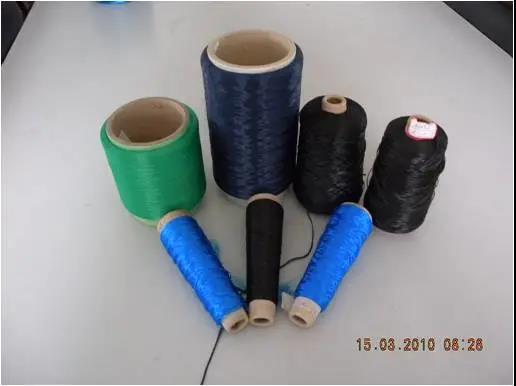
SMS spunmelt non-woven fabric masterbatch performance requirements
Polypropylene is a pure hydrocarbon. The molecular chain contains tertiary carbon atoms. After being heated and exposed to light, the molecules are easily broken at the tertiary carbon atoms, which makes the quality of SMS spunmelt non-woven fabrics deteriorate, so the masterbatch that is made is required It is easy to diffuse in high temperature spinning, does not damage the quality of the fiber, does not make the fiber fade, has excellent light resistance, abrasion resistance, and solvent resistance, and can withstand strict spinning drafting.
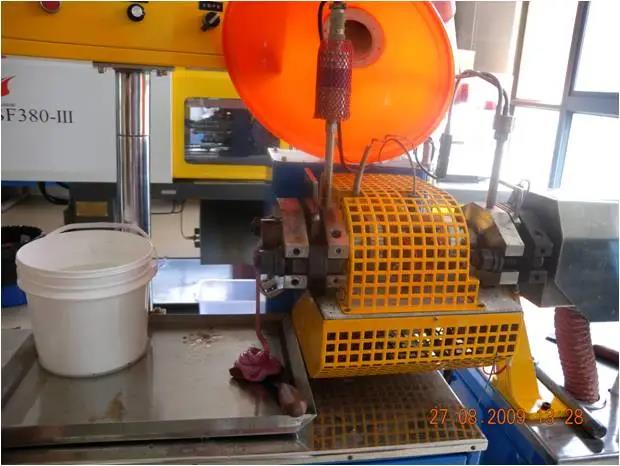
Heat resistance
The most basic requirement for the pigments used in the masterbatch is to withstand the temperature during the production of polypropylene fiber and maintain the stability of its performance. The spunbonding temperature is 270~280℃, and the meltblown stability is 270~300℃.
Dispersion
The pigment used in the color masterbatch should be excellent in dispersibility and uniformly dispersed in the color masterbatch, and the dispersant used should not reduce the quality of the SMS spunmelt non-woven fiber. Otherwise, high-quality colored fibers with uniform denier cannot be produced, and the melt movement is also unstable, and it is easy to break or produce abnormal fibers when the fiber is drawn.
brightness
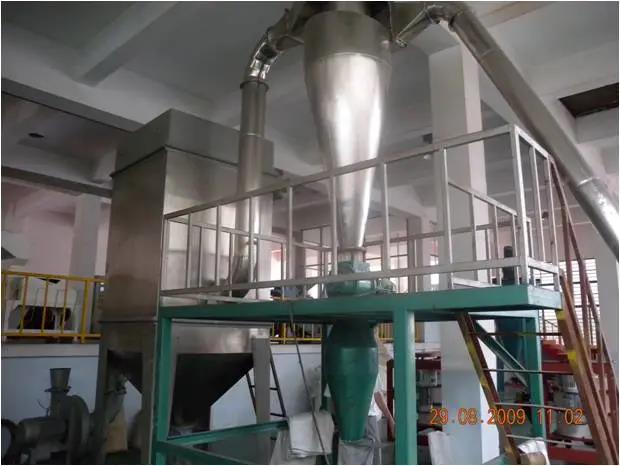
The coloring of SMS spunmelt non-woven fabrics is mainly used for medical and sanitary materials. Bright colors and good coverage are required. Therefore, appropriate pigments must be carefully selected.
Light fastness
Under the action of light, some pigments have photosensitivity, which makes colored fibers fade and brittle. The light resistance of pigments is basically related to their chemical structure. Therefore, when making color masterbatches, pay full attention to the light resistance of pigments.
stability
The pigments used in the masterbatch must have excellent stability for coloring SMS spunmelt non-woven fibers. The color masterbatch should use the purest possible pigment, free of iron, copper, lead and other salt impurities to ensure the excellent physical properties of the colored SMS spunmelt non-woven fiber.
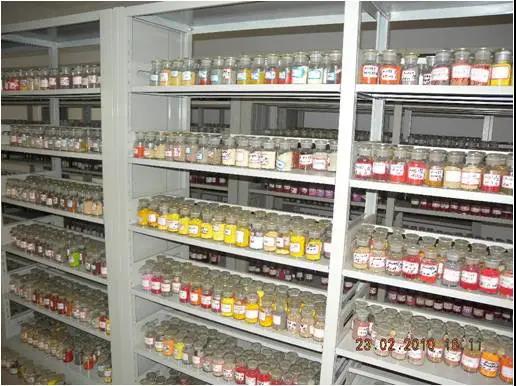
Water resistance, dry cleaning resistance, oil resistance
Colored SMS spunmelt non-woven fabric products will inevitably undergo water washing or solvent dry cleaning during use, and they must be exposed to oils. Therefore, the colorants used should have good water washing resistance, dry cleaning resistance, and oil resistance.
SMS spunmelt non-woven masterbatch quality requirements
The quality index of masterbatch includes more content. For example, the appearance size is generally 2mm×(3~4)mm, the particle size of the pigment in the masterbatch ≤1 um is more than 90%, the melting point, DF value, MI value, heat and weather resistance characteristics, etc. These indicators are common concerns of color masterbatch and SMS spunmelt non-woven fabric enterprises.
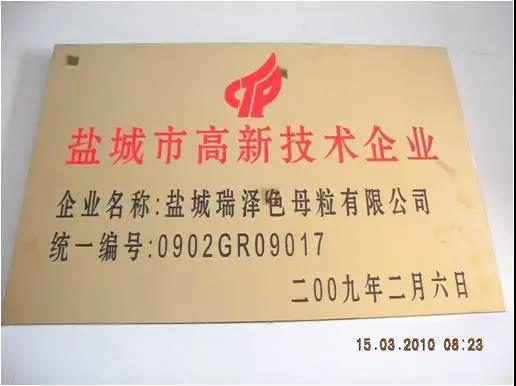
01Filtration performance
The filter performance of fiber-grade masterbatch is used to express the quality of the masterbatch. Its value is called the DF value. If the value is small, the replacement cycle of the filter component during the spinning process is relatively long. Generally, the DF value of the polypropylene masterbatch is required to be less than 2.0×105Pa· ㎝2/g.
02 melting point
SMS spunmelt non-woven fabric masterbatch dispersant is low molecular weight poly um, so its melting point is between 110 and 120 ℃; and pigments generally have a high melting point, which exceeds the spinning temperature of SMS spunmelt non-woven fabric, so the color masterbatch There are two endothermic peaks on the thermal analysis spectrum. However, the melting point of the masterbatch cannot indicate the quality of the masterbatch. Some corporate standards specify that the melting point is 130-160°C.
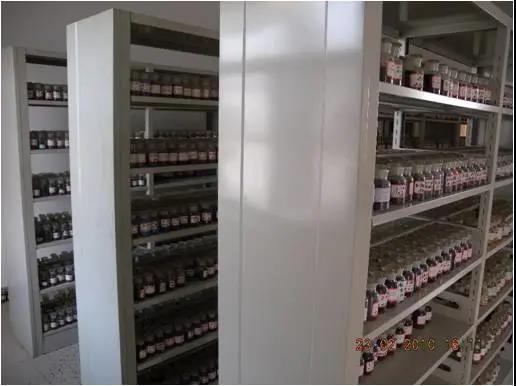
03 Melt Flow Index (MI value)
The MI of polypropylene chips is mainly used to indicate the size of its molecular weight, which determines the processing and performance of the finished product after the chips are made into fibers. The masterbatch contains pigments, dispersants and carrier low-molecular-weight polyethylene waxes, so it cannot be expressed by the level of MI Its own molecular weight will vary with different pigments and varieties, so the MI of the masterbatch is not a control indicator for the masterbatch, it can only be used as a reference during spinning. The MI of the masterbatch used for spinning is slightly larger than that of the natural slice, which is beneficial to the mixing of the two with similar particle size. Generally, the MI value of spunbond masterbatch is 15~100g/10min. The MI value of meltblown masterbatch is 800~1500g/10min
04 heat resistance
The heat resistance index of the color masterbatch refers to the color masterbatch and the polypropylene fiber chip are spun at a certain ratio at different temperatures in a cycle of 5 to 10 minutes, and the degree of color change is observed. The change of color can be evaluated by contrast evaluation with gray sample card or color sample card. When the total color difference value ⊿E≤3, the temperature is the heat-resistant temperature of this masterbatch, and the heat resistance is generally required to be 270~300 ℃, the color change is 4 grades.
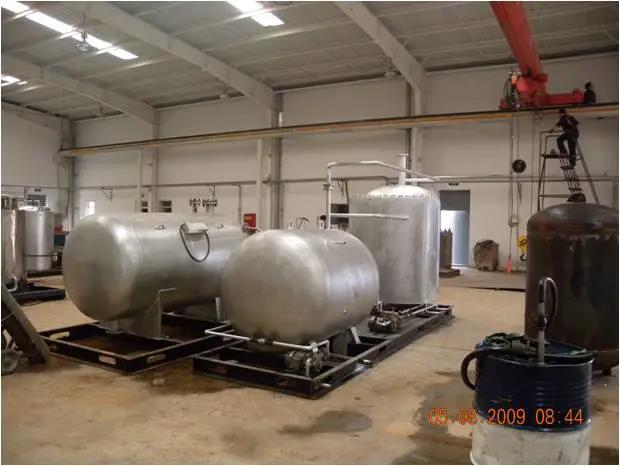
05 Weather resistance
The weather resistance of the colored polypropylene fiber is determined with reference to the test method for light fastness of textiles. The results are evaluated by the blue standard for evaluating light fastness. The light fastness is required to be at level 5, but in fact, it is mostly at level 6 to 8.
Selection and precautions of masterbatch
1 When choosing masterbatch, it should be selected according to the range of selection. Polypropylene masterbatch is divided into fine denier and coarse denier. Coarse masterbatch cannot be used for fine-denier fiber spinning.
2 The color masterbatch used is best from the same manufacturer, and high-density color masterbatch should be used to reduce costs.
The pigments of the 3 color masterbatches are divided into high, medium and low grades. In order to avoid the quality variation of SMS spunmelt non-woven fibers due to the different light and thermal stability of the pigments, the color masterbatches should also be selected to meet the fiber quality requirements. , A masterbatch with stable light resistance and heat resistance.
4 The concentration of coarse fiber is lower than that of fine fiber, and its masterbatch application ratio is proportional to the square root of the denier.
5 The structure of the pigment in the masterbatch and the particle size and shape of the particles affect the luster and spinning effect of the colored fiber. Generally, the pigment particle size should be less than one-tenth of the fiber diameter.
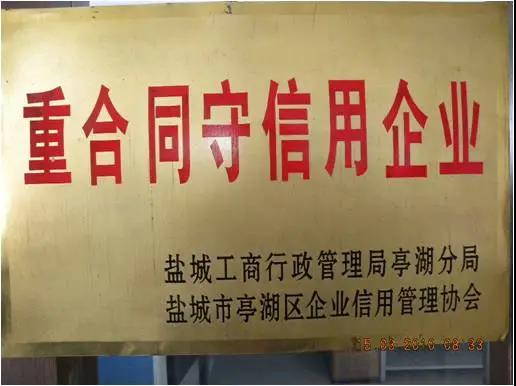
6 In order to reduce fiber chromatic aberration, if necessary, the masterbatch can be diluted, and the mixing ratio can be controlled to increase. If conditions permit to increase the mixing capacity of the melt itself, a mixing device can be added in the extruder section. The masterbatch and PP must be fed into the extruder after being fully mixed.
The effect of masterbatch on the production process and product quality of SMS spunmelt non-woven fabrics
(1) Color difference control
In the actual manufacturing process of SMS spunmelt nonwoven fiber, many color differences of SMS spunmelt nonwoven fiber are caused by the production process conditions and fluctuations, and it is difficult to control, which is an important factor affecting product quality. Reasonable selection of process parameters to maintain the relative stability of process conditions and environment to ensure the color consistency of the same batch of fibers.
In the color spinning of SMS spunmelt non-woven fiber, the masterbatch is a composite color matching of a variety of pigments and carriers. The low-molecular-weight pigments are in an insoluble crystalline state in the fiber, and their mechanical properties and mechanical properties are completely compatible with the bulk polymer. The difference has an impact on the spinning process and product quality. Reasonable process and technical conditions should be adopted to ensure the production of qualified products.
The color difference of SMS spunmelt non-woven fabric fiber. The main factors that cause color difference are the physical properties of raw materials, process fluctuations, and human factors. The size of the masterbatch, the tinting strength, the dispersion and homogenization rate in the material, the spinning process temperature, the temperature difference, the residence time of the melt in the extruder, the thread cooling method, the spinning tension, the drawing speed, etc., Both will lead to changes in the structure of the final fiber, which will increase the difference in light-trapping effects and produce chromatic aberrations. The color difference can be controlled by strictly controlling the production process in production to ensure the stable supply conditions of slices and color masterbatches. The product adopts the double check of appearance inspection, and the △E is less than 2.
(2) Abnormal production, severe wire breakage and dripping
In the actual SMS spunmelt non-woven fabric production process, sometimes there will be broken filaments and dripping, mainly because the melt index and melting point of the masterbatch do not match the polypropylene used, or the pigment particle size of the masterbatch Too coarse. If the melt index and melting point of the masterbatch are not much different from the polypropylene used, it can be adjusted by changing the process conditions. If the pigment particle size of the masterbatch is too coarse, you must stop using it and change the color. Masterbatch.
(3) Frequent network changes and too short component replacement cycle
Obviously, the masterbatch is not of the best quality. Some SMS companies require that the network replacement cycle is: ≥1 piece/8 hours, and the component replacement cycle: ≥20 days. At present, there are not many masterbatch companies in China that can meet this quality requirement.
(4) Rough cloth surface and insufficient hydrostatic pressure
If the dispersion of the color masterbatch is poor and the pigment particle size does not meet the requirements of SMS production, it is likely that there are pits, black spots, and unevenness on the surface of the SMS non-woven fiber, and the melt-blown non-woven fabric has crystal points, etc. non-compliant.
Use points
1. When mixing with the original color slices, pay attention to static electricity will separate the color masterbatch and make the color mixing uneven. Pay special attention to static electricity which will cause the color masterbatch to attach to the wall of the hopper.
2. The moisture content of the masterbatch is sometimes due to the environment or insufficient drying by the masterbatch manufacturer, which may cause abnormal production or make the color content of the same masterbatch fluctuate. If possible, carry out drying under convenient conditions. , Generally, the water content is less than 0.3% and does not affect the spinnability.
3. The color interpretation of SMS spunmelt non-woven fabrics produced by new varieties or different batches of color masterbatches is very important. Generally, it is necessary to rely on experienced production engineers or persons in charge to determine whether to mass-produce. If the color is found to be different from the standard color Large, it should be approved by customers before mass production can continue.
4. Color masterbatches of different colors may have different melting points and melting indexes. Therefore, the appropriate process should be selected for different colors during production, so that the production process is the most reasonable and the product quality is the most satisfactory.
5. Pay attention to the diffusibility of masterbatch when spinning. If you add some functional masterbatch or filler masterbatch, it will affect the diffusion performance of the masterbatch, and even affect the hue of the non-woven fabric. For example, the filler masterbatch has color absorption and decolorization.
- Mizlion made a stunning appearan
- Why is it said that polypropylen
- The impact of the Federal Reserv
- Chemical fibers "carry static el
- What are the core considerations
- The High Performance and High Fu
- At the end of the year, a new ch
- Exhibition Invitation: Ruize Mas
- Ruize Masterbatch congratulates

